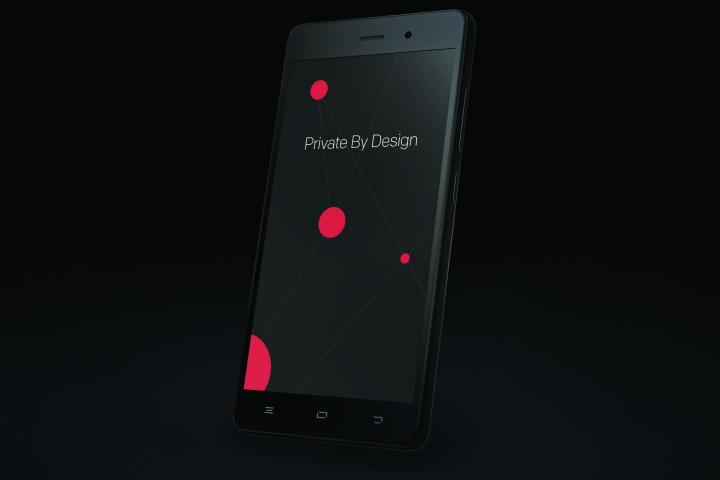
Hardware-wise, we’re looking at a relatively standard Android smartphone. It’s equipped with a 64-bit Qualcomm octa-core processor, 3GB of RAM, and a 5-inch 1080p display, with the entire front panel protected by Gorilla Glass 3. It includes a 3,600mAh removable battery with quick charging capabilities, thanks to Quick Charge 2.0. Finally, there’s a MicroSD card slot for expandable memory. So far, pretty standard stuff.
Meanwhile, the rumored Blackphone tablet was revealed as the Blackphone+, though not much was revealed other than its existence.
It’s in the software where things get interesting. Much like with the original Blackphone, the Blackphone 2 runs Android below Silent Circle’s PrivatOS 1.1. The first major upgrade to this privacy-focused layer, PrivatOS 1.1 introduces what Silent Circle calls Spaces.
In short, Spaces is a virtualization system that allows Blackphone 2 to behave as separate “devices” within itself. The system compartmentalizes different areas of your mobile life, allowing you to keep your Enterprise Space completely separate from your Personal Space.
Within these Spaces lives Silent Suite, which is composed of Silent Text, Silent Contacts, and Silent Phone. As insinuated by the names, all of these apps allow you to carry on encrypted and isolated conversations. Each Space also includes the Silent Store, which Silent Circle calls the world’s first privacy-focused app store.
Of course, the company’s PrivatOS is part of Silent Circle’s new enterprise privacy platform. Specifically tailored for enterprise users, its new Silent Meeting function lets you make encrypted conference calls with as many as 50 people. So long as they’re also using Silent Meeting, there’s no need for log-in information. The feature also gives you scheduling and invitation tools.
The Blackphone 2 will be available in the second half of 2015, while the Blackphone+ will be available later this year.
Editors' Recommendations
- A new Google Pixel Tablet is coming, but it’s not what you think
- Samsung’s newest Android tablet is a perfect iPad alternative
- I’m a little worried about the Nothing Phone 2a
- This is the OnePlus Watch 2, and it looks incredible
- How to reset default apps on an Android phone or tablet


